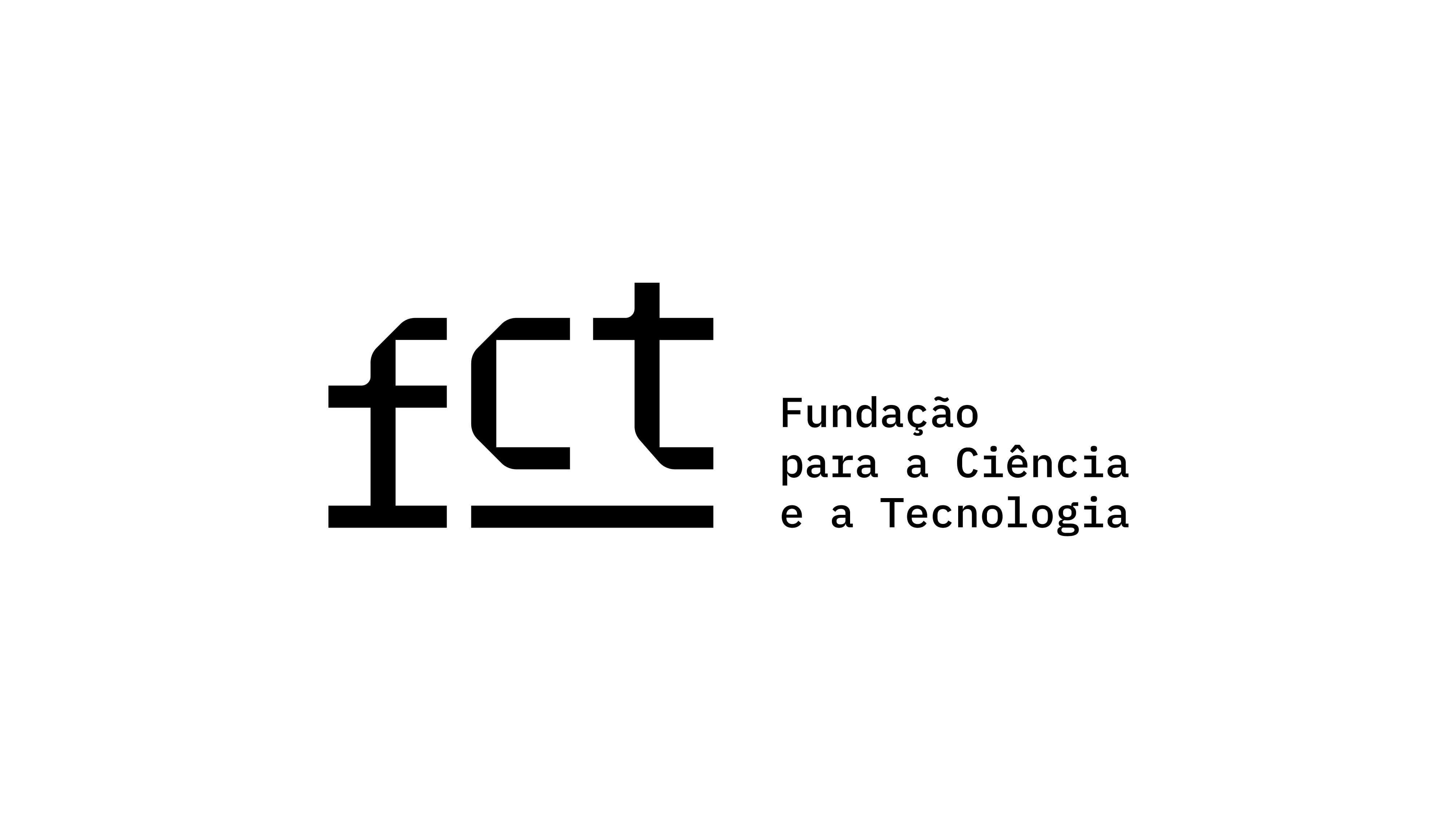Call for Papers | Photographic Portrait: Convergences, Divergences, Reflections and Thoughts (No. 16) | Closed
Thematic Editors: Helena Pires (Universidade do Minho, Portugal), Eduardo Camilo (Universidade da Beira Interior, Portugal) and Florin Grigoraş (Universitatea Națională de Arte „George Enescu”, Romania)
The call for papers “Photographic Portrait: Convergences, Divergences, Reflections and Thoughts” aims to compile works on the theme of photographic portraiture. It’s receptive to contributions from the most varied fields: history of photography, philosophy of art and photography, studies of visual culture and photography, studies of visual discourse and photography, semiotics of photography, photography technologies, ethnography and visual anthropology, sociology of photography and visual communication, production technologies of photographic images, rhetoric of (photographic) image.
The thematic lines are: (a) Theories and philosophical questions of photographic portraits: for example, the photogenic; (b) art of photographic portraiture: references, influences, aesthetic currents; (c) uses and effects of photographic portraits; (d) photographic portrait production technologies: analogue, digital, by smartphone; (e) photographic portrait practices: the studio portrait, the family and vacation portrait, the photographic snapshot, the self-portrait; (f) cognitive psychology and perception theories: exploring how photographic portraits are perceived and interpreted by viewers; (g) gender and queer studies: examining the role of photographic portraiture in constructing and deconstructing gender identities; (h) postcolonial studies: investigating how photographic portraits intersect with issues of identity, power, and representation in postcolonial contexts; (i) media studies: analyzing the role of photographic portraits in digital media and online platforms; (j) memory studies: understanding the role of photographic portraits in personal and collective memory; (k) ethics and representation theories: discussing ethical considerations in creating and displaying photographic portraits; (l) digital humanities: investigating how computational tools and methods can analyze photographic portraits; (m) marketing and advertising studies: analyzing the use of photographic portraits in branding and identity creation; (n) legal studies: addressing copyright, privacy, and intellectual property issues in photographic portraiture; (o) critical race theories: investigating how photographic portraits engage with and represent racial identities and power structures; (p) portfolios: presentation of experiences and photographic works; and (q) other angles of analysis as long as they are restricted to this object of study — the photographic portrait.
In light of this, we propose the following topics for reflection:
- To what extent is it possible to claim the existence of the photographic portrait as a genre whose singularity is distinct from the pictorial portrait?
- What specificity do photographic portraits present in contemporary times? What changes have photographic portraits undergone due to the fact that they are produced by a capture technology directly connected to social networks (smartphones)?
- What foundations can be conceived in the photographic portraits? An “aesthetic” arising from its primordial pictorial kinship (Oscar Rejlander, Lady Awerden, Nadar)? A commercial resulting from a regime of “photographic industrialization” evident in the studio portrait and the ancient carte de visite(Disderi)? A ritual of celebration and remembrance like what happens in the portraits of the photo albums? A social foundation arising from practices of identity, identification and social conformity? Even an autobiographical foundation of the everyday practices of subjective representation and publication on social networks (selfies)?
- What can be said of the status of the photographic portraits in the consumer society of leisure and travel (holidays)?
- Is it possible to identify photographers whose portrait production is (still) original, critical and reflective, such as those of artists as Ralph Eugene Martyard or Cindy Sherman?
IMPORTANT DATES
Submission (full manuscript): from January 31, 2025 to May 31, 2025
Journal publication date: continuous edition (July 2025 to December 2025)
LANGUAGE
The manuscripts may be submitted in English or Portuguese. Papers selected for publication will be translated into Portuguese or English and must be published in both languages.
EDITING AND SUBMISSION
Vista is an open-access academic journal following demanding peer-review standards based on a double-blind review process. After submission, the papers will be forwarded to two reviewers, previously invited to evaluate them according to their academic quality, originality, and relevance to the journal's objectives and scope.
Originals must be submitted through the journal's website (https://revistavista.pt/). If you are accessing Vista for the first time, you must register before submitting your article (instructions for registration here).
The guidelines for authors are available here.
For further information, please contact: vista@ics.uminho.pt








